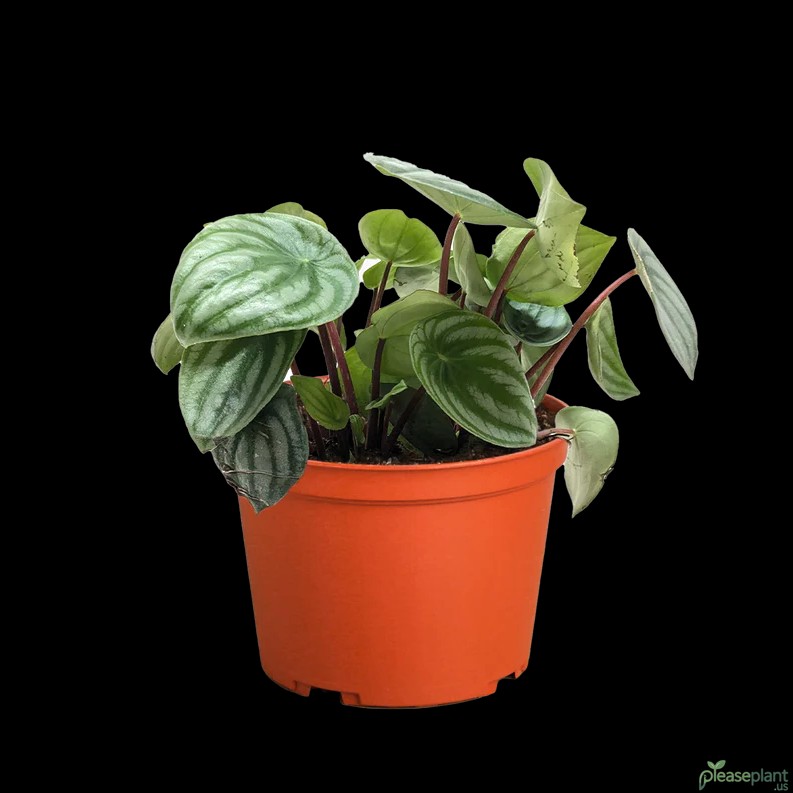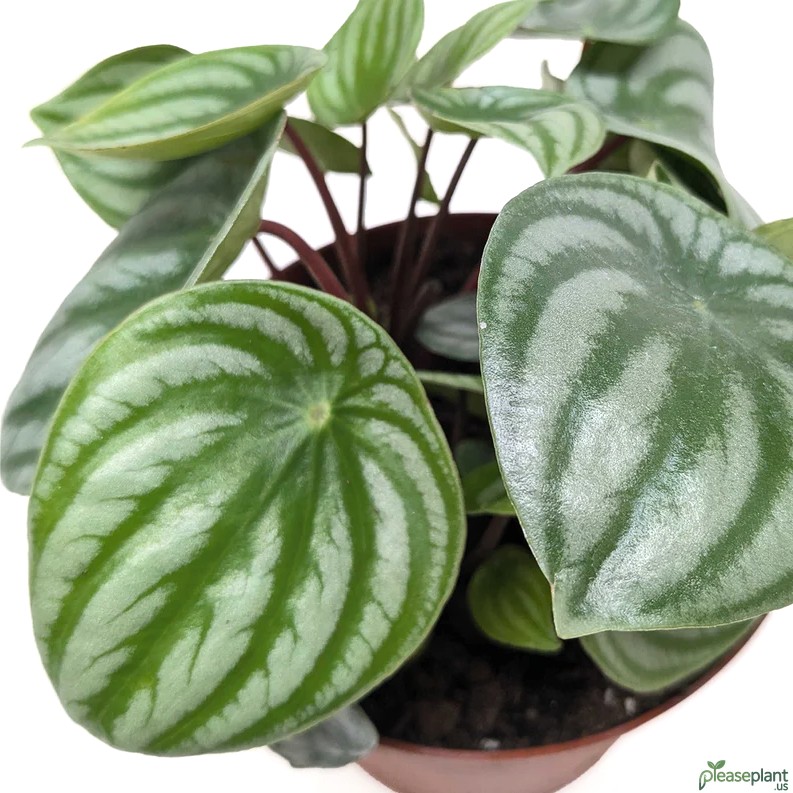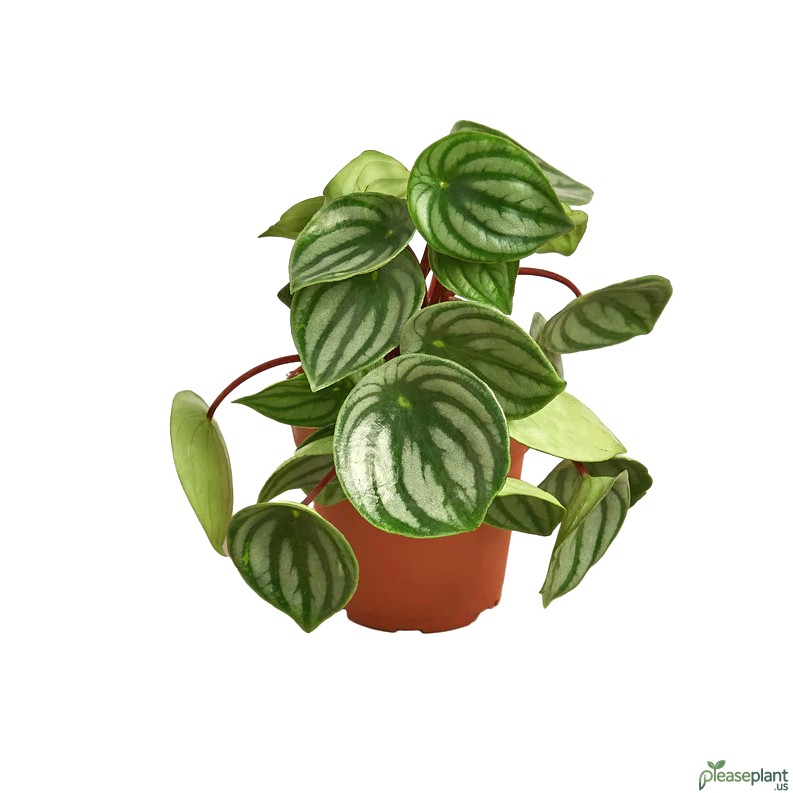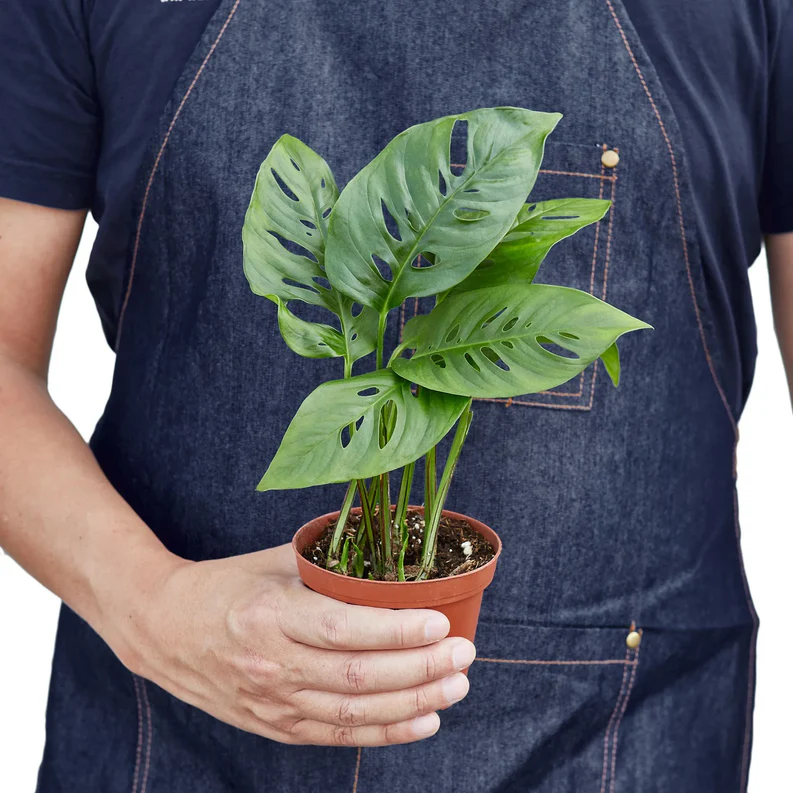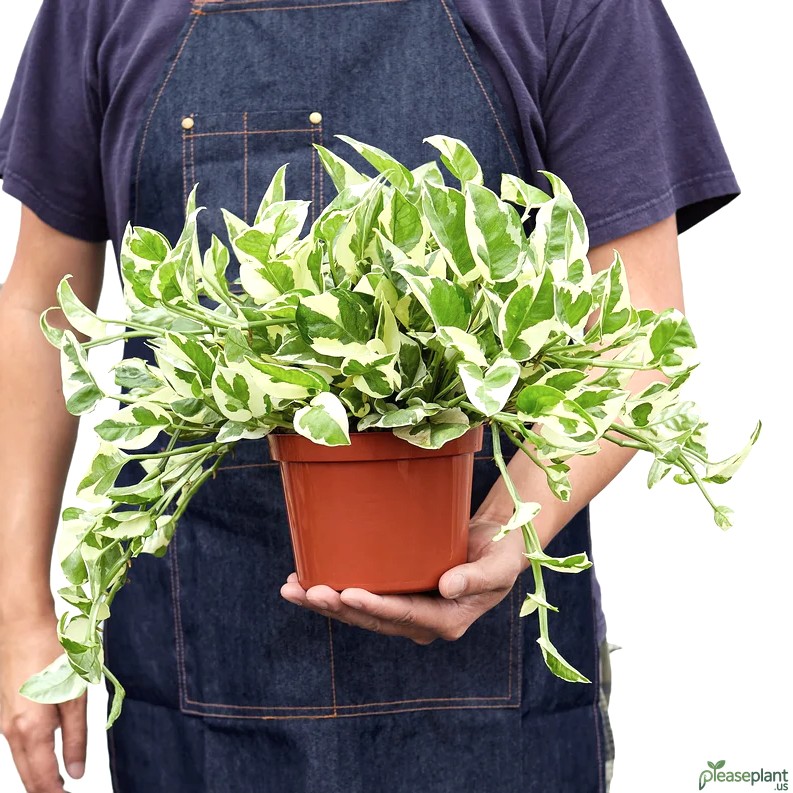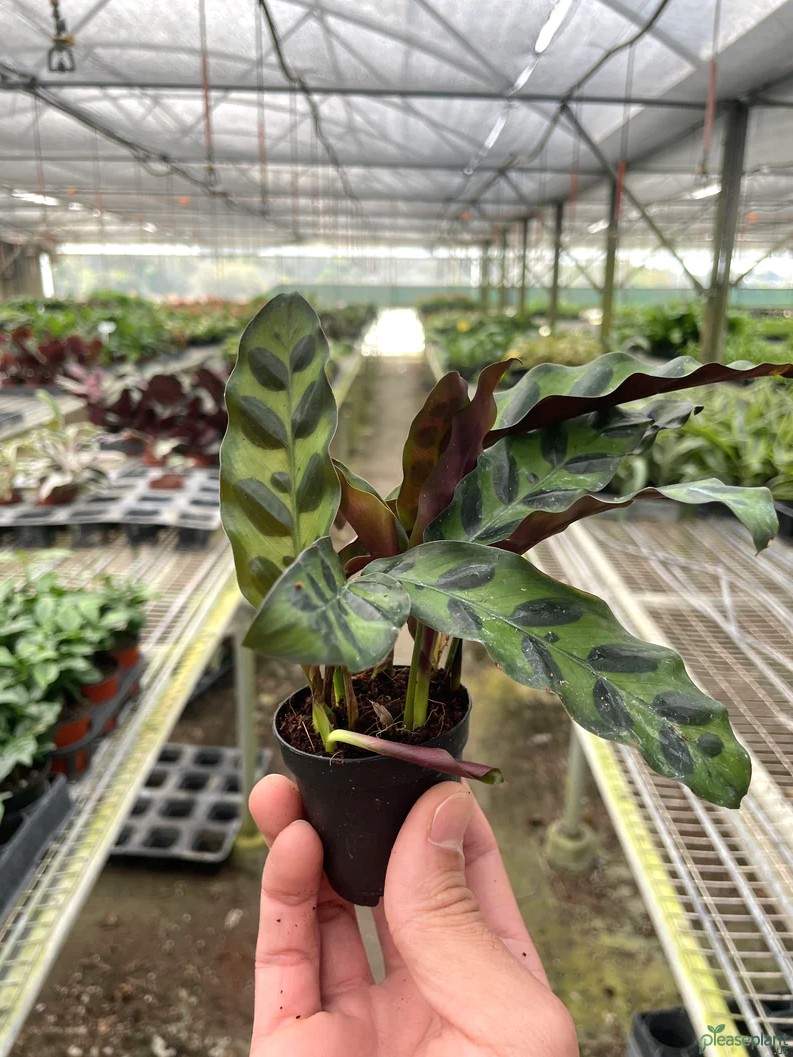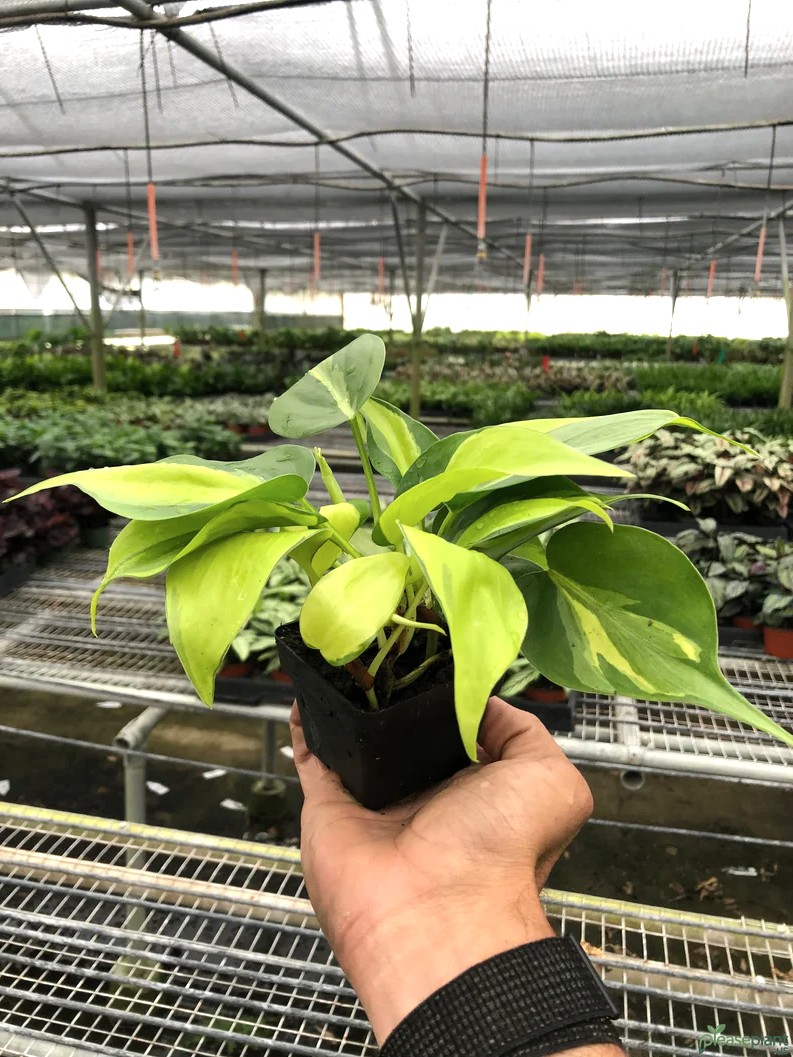Ever stumbled upon the Peperomia Watermelon and wondered if it's the same as the Watermelon Begonia? You're not alone. These two plants often get mixed up because of their similar leaf patterns, but trust me, they’re quite different once you dig a bit deeper. In this guide, I’ll share my personal tips on spotting the real Peperomia Watermelon — also known as the Argyreia plant — and how to keep it thriving. Let’s clear the fog around these juicy names and get your green space looking sharp and healthy.
The Tale of Two Watermelons
You know, gardening is full of quirky twists, and one that always tickles me is the whole mix-up between Peperomia Watermelon and Watermelon Begonia. It’s like calling a cat a dog just because they both have fur! The confusion kicks off because both flaunt those stunning oval leaves with watermelon-like stripes, but don't be fooled — they’re not twins.
The Peperomia Watermelon, or Argyreia plant as some like to call it, is a succulent-ish little charmer with thick, fleshy leaves that keep water locked in tight. Meanwhile, the Watermelon Begonia, despite its name, isn’t a true begonia and has more delicate, slightly fuzzy leaves. I remember the first time I bought a "Watermelon" plant from a local nursery; I ended up with the wrong one and had to adjust my watering habits big time.
Why Does the Naming Mess Matter?
If you’re new to houseplants, this might sound like a small detail, but it’s crucial. The wrong name means wrong care. Peperomia Watermelon thrives on less water, prefers indirect light, and hates soggy soil — overwatering can be a disaster! On the other hand, the Begonia variant needs a bit more humidity and a gentler touch.
I once got a call from a friend, panicked because her "Watermelon" was dropping leaves fast. Turns out, she was treating a Peperomia Watermelon like a Begonia, overwatering it like mad. Lesson learnt: know your plant’s true identity!
How to Spot the Real Peperomia Watermelon
If you want to avoid the heartbreak of a struggling plant, here’s my quick checklist:
- leaf thickness: Peperomia has thick, almost leathery leaves. Begonia’s are thinner.
- Leaf Texture: Peperomia leaves are smooth and shiny; Begonia’s have a soft, velvet feel.
- Growth Pattern: Peperomia tends to grow compact and bushy, while Begonia spreads out more loosely.
It’s not rocket science, but you gotta get your eyes in and maybe touch those leaves gently before buying.
Caring for Your Peperomia Watermelon (Argyreia Plant)
Once you've got the right plant, keeping it happy is the next step. Here’s what I swear by:
- Watering: Let the soil dry out between watering. These plants don't like sitting in water, so good drainage is a must.
- Light: Bright, indirect light is perfect. Too much direct sun, and those pretty stripes might fade or get burnt.
- Humidity: Normal household humidity works fine, no need for fancy misting unless your air is super dry.
- Soil: Use a well-draining mix, something for succulents or a blend with perlite.
Don’t be afraid to move the plant around to find its sweet spot. I moved mine three times before it really started to shine!
A Little Plant Personality
One thing I adore about the Peperomia Watermelon is it’s a bit of a slow grower but packs a punch with its looks. It’s perfect for anyone who wants a showy plant without the drama of constant maintenance. And hey, if you mess up watering once or twice, it’s forgiving enough to bounce back.
So next time you're eyeing that watermelon-striped leaf, remember: it’s not just about looks, but about knowing who's who in the plant world. And with a little love and patience, your Argyreia Plant will be the star of your green corner.

